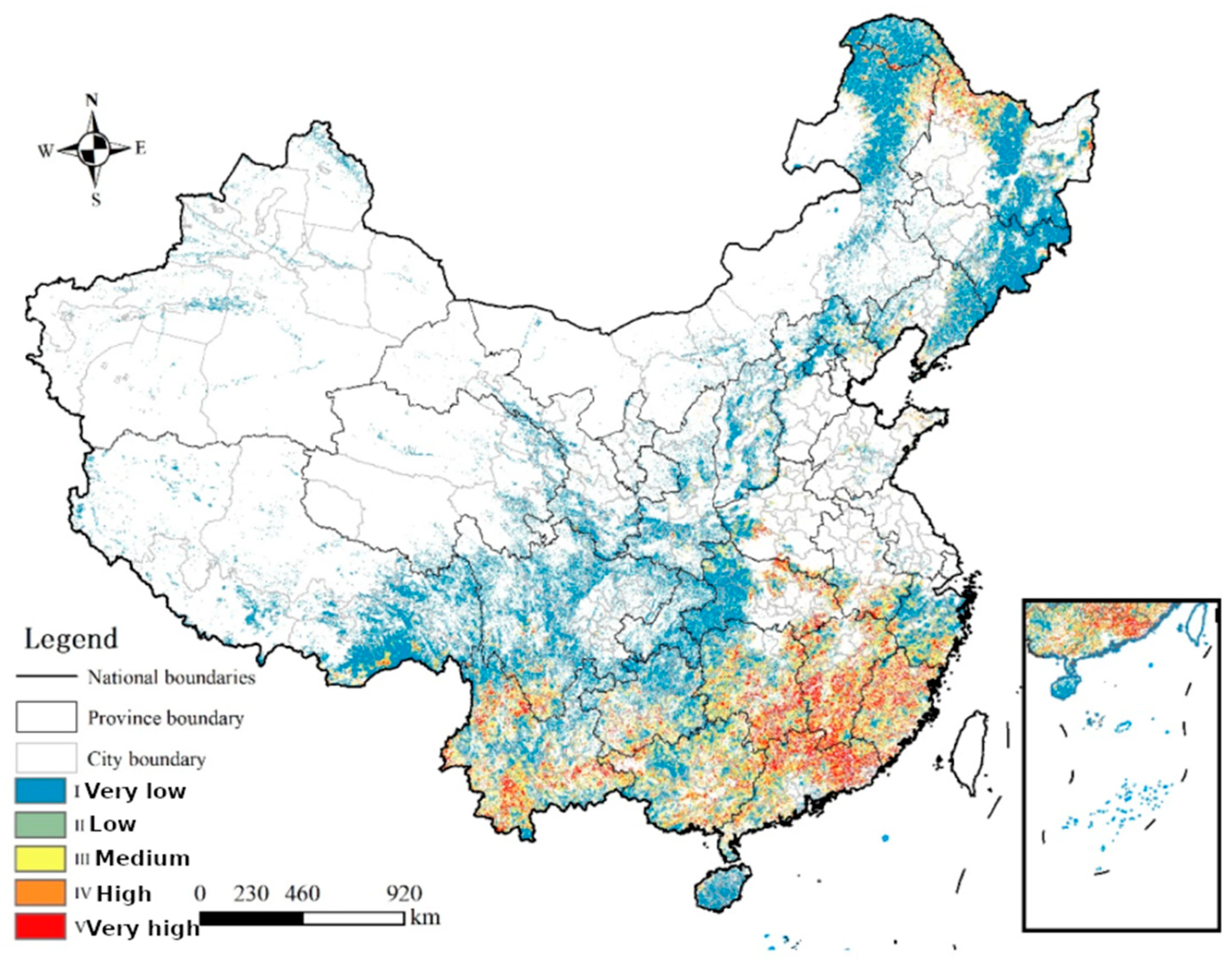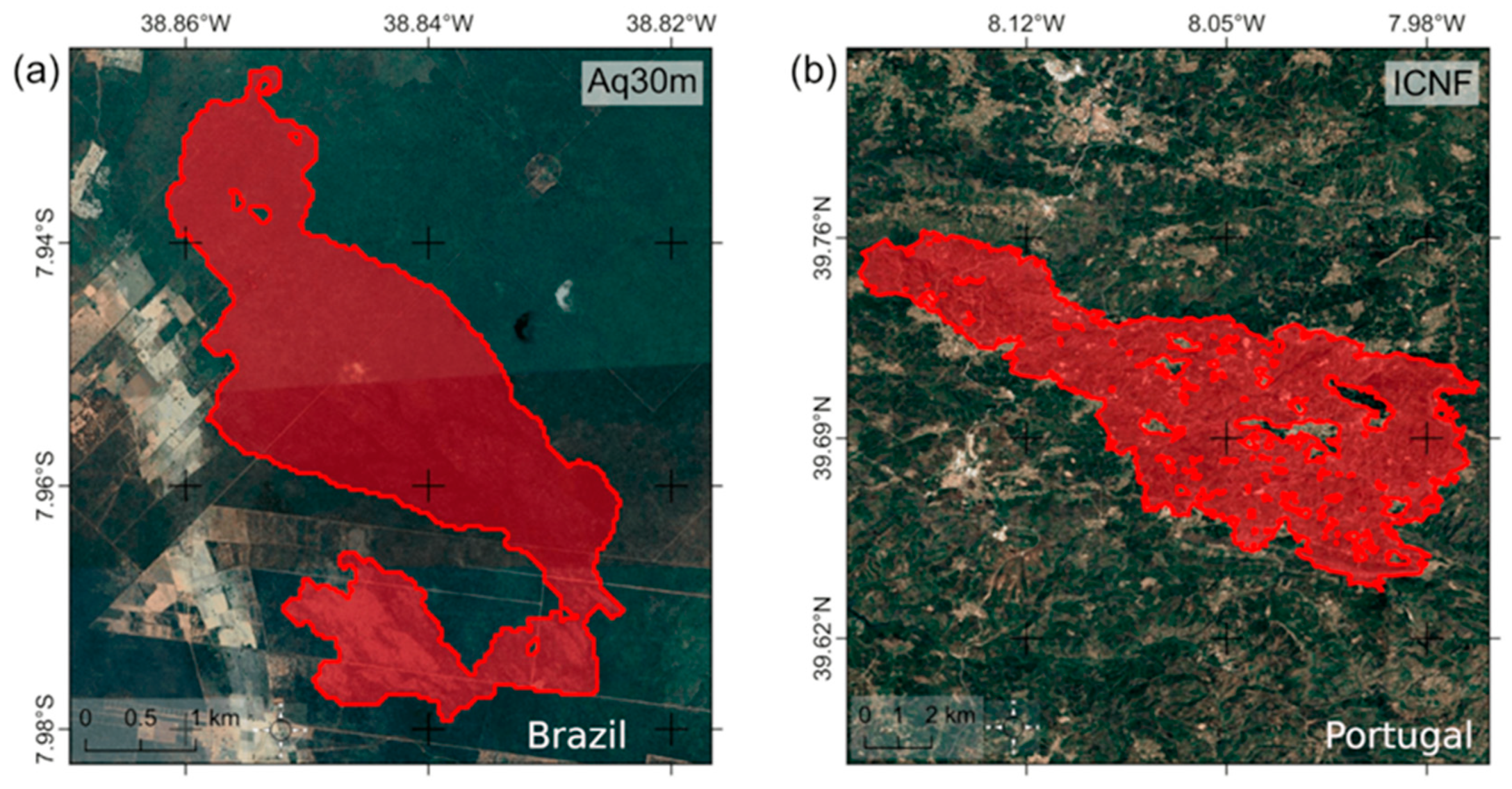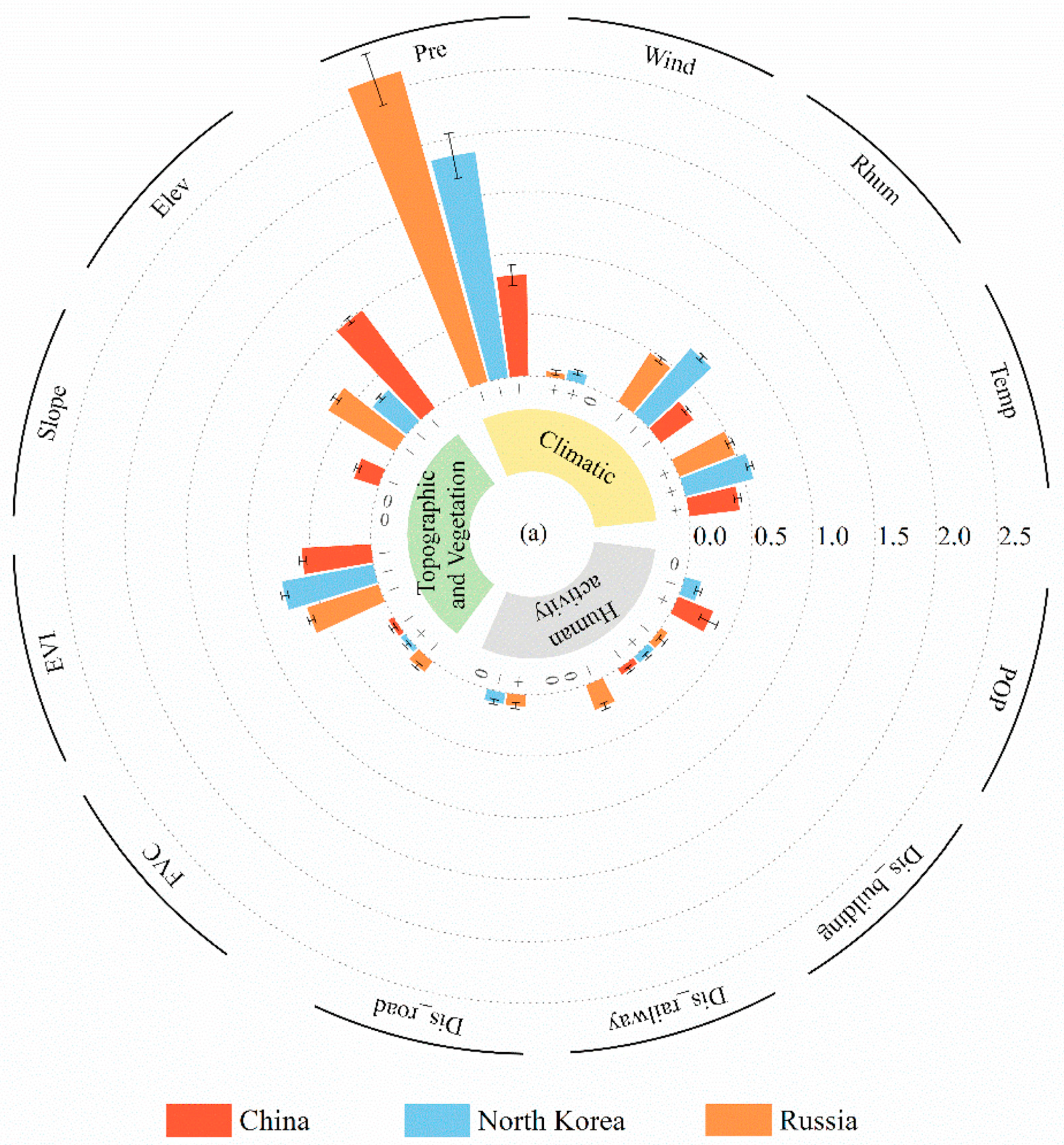Technological Bases for Understanding Fires around the World
Abstract
Funding
Data Availability Statement
Conflicts of Interest
References
- Calef, M.P.; Schmidt, J.I.; Varvak, A.; Ziel, R. Predicting the Unpredictable: Predicting Landcover in Boreal Alaska and the Yukon Including Succession and Wildfire Potential. Forests 2023, 14, 1577. [Google Scholar] [CrossRef]
- Shao, Y.; Feng, Z.; Cao, M.; Wang, W.; Sun, L.; Yang, X.; Ma, T.; Guo, Z.; Fahad, S.; Liu, X.; et al. An Ensemble Model for Forest Fire Occurrence Mapping in China. Forests 2023, 14, 704. [Google Scholar] [CrossRef]
- Li, X.; Zhang, G.; Tan, S.; Yang, Z.; Wu, X. Forest Fire Smoke Detection Research Based on the Random Forest Algorithm and Sub-Pixel Mapping Method. Forests 2023, 14, 485. [Google Scholar] [CrossRef]
- Yan, Z.; Wang, L.; Qin, K.; Zhou, F.; Ouyang, J.; Wang, T.; Hou, X.; Bu, L. Unsupervised Domain Adaptation for Forest Fire Recognition Using Transferable Knowledge from Public Datasets. Forests 2023, 14, 52. [Google Scholar] [CrossRef]
- Li, A.; Zhao, Y.; Zheng, Z. Novel Recursive BiFPN Combining with Swin Transformer for Wildland Fire Smoke Detection. Forests 2022, 13, 2032. [Google Scholar] [CrossRef]
- Pacheco, A.d.P.; da Silva, J.A., Jr.; Ruiz-Armenteros, A.M.; Henriques, R.F.F.; de Oliveira Santos, I. Analysis of Spectral Separability for Detecting Burned Areas Using Landsat-8 OLI/TIRS Images under Different Biomes in Brazil and Portugal. Forests 2023, 14, 663. [Google Scholar] [CrossRef]
- Delgado, R.C.; Wanderley, H.S.; Pereira, M.G.; Almeida, A.Q.d.; Carvalho, D.C.d.; Lindemann, D.d.S.; Zonta, E.; Menezes, S.J.M.d.C.d.; Santos, G.L.d.; Santana, R.O.d.; et al. Assessment of a New Fire Risk Index for the Atlantic Forest, Brazil. Forests 2022, 13, 1844. [Google Scholar] [CrossRef]
- Yukimoto, S.; Kawai, H.; Koshiro, T.; Oshima, N.; Yoshida, K.; Urakawa, S.; Tsujino, H.; Deushi, M.; Tanaka, T.; Hosaka, M.; et al. The Meteorological Research Institute Earth System Model version 2.0, MRI-ESM2.0: Description and basic evaluation of the physical component. J. Meteorol. Soc. Jpn. 2019, 97, 931–965. [Google Scholar] [CrossRef]
- da Silva Junior, J.A.; Pacheco, A.d.P.; Ruiz-Armenteros, A.M.; Henriques, R.F.F. Evaluation of the Ability of SLSTR (Sentinel-3B) and MODIS (Terra) Images to Detect Burned Areas Using Spatial-Temporal Attributes and SVM Classification. Forests 2023, 14, 32. [Google Scholar] [CrossRef]
- Quan, D.; Quan, H.; Zhu, W.; Lin, Z.; Jin, R. A Comparative Study on the Drivers of Forest Fires in Different Countries in the Cross-Border Area between China, North Korea and Russia. Forests 2022, 13, 1939. [Google Scholar] [CrossRef]



Disclaimer/Publisher’s Note: The statements, opinions and data contained in all publications are solely those of the individual author(s) and contributor(s) and not of MDPI and/or the editor(s). MDPI and/or the editor(s) disclaim responsibility for any injury to people or property resulting from any ideas, methods, instructions or products referred to in the content. |
© 2024 by the author. Licensee MDPI, Basel, Switzerland. This article is an open access article distributed under the terms and conditions of the Creative Commons Attribution (CC BY) license (https://creativecommons.org/licenses/by/4.0/).
Share and Cite
Delgado, R.C. Technological Bases for Understanding Fires around the World. Forests 2024, 15, 301. https://doi.org/10.3390/f15020301
Delgado RC. Technological Bases for Understanding Fires around the World. Forests. 2024; 15(2):301. https://doi.org/10.3390/f15020301
Chicago/Turabian StyleDelgado, Rafael Coll. 2024. "Technological Bases for Understanding Fires around the World" Forests 15, no. 2: 301. https://doi.org/10.3390/f15020301
APA StyleDelgado, R. C. (2024). Technological Bases for Understanding Fires around the World. Forests, 15(2), 301. https://doi.org/10.3390/f15020301




